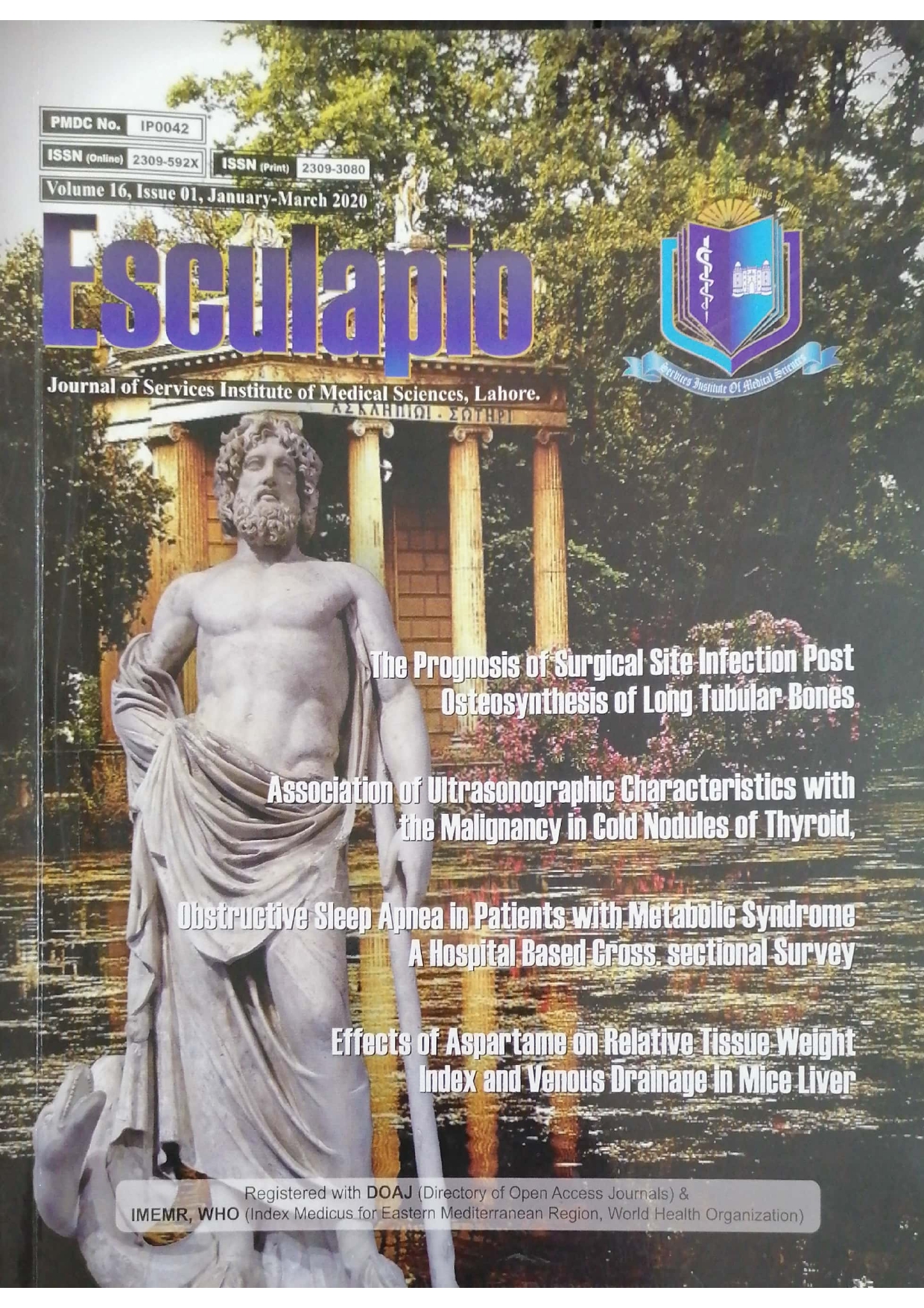The Prognosis of Surgical Site Infection Post Osteosynthesis of Long Tubular Bones
DOI:
https://doi.org/10.51273/esc20.71612Keywords:
long tubular bones, diaphyseal fracture, metalosteosynthesis, surgical site infection, prognosisAbstract
Objective: To identify risk factors for the development of SSI post osteosynthesis of long tubular
bones with diaphyseal fractures, assess them in quantitative terms to form a risk group.
Methods: Cohort retrospective-prospective study. Inclusion criteria: patients with fracture of
long tubular bone (LTB) post metalosteosynthesis (MOS), duration (2011-2016), location in our
department*. Exclusion criteria: death or loss of communication with the patient in less than 12
months post intervention. A retrospective analysis of data on 179 patients who underwent MOS of
LTB with diaphyseal fractures was performed. Data on 144 patients who underwent MOS without
surgical site infection (SSI) were compared with data of 35 patients who had SSI within one year
post operation. The method of sequential analysis was applied.
Results: When studying the data on the retrospective group, a database was created that
became the basis for the development of a mathematical prognosis for the development of local
infectious complications in patients who underwent MOS of LTB with diaphyseal fractures. 18
criteria for the prognosis of the development of SSI were determined. Sensitivity 94.29%.
Conclusions: In the prospective study (117 cases), the established prognosis program have
been tested. As a result of monitoring patients, the incidence of SSI decreased from 19.6% to
9.4%










